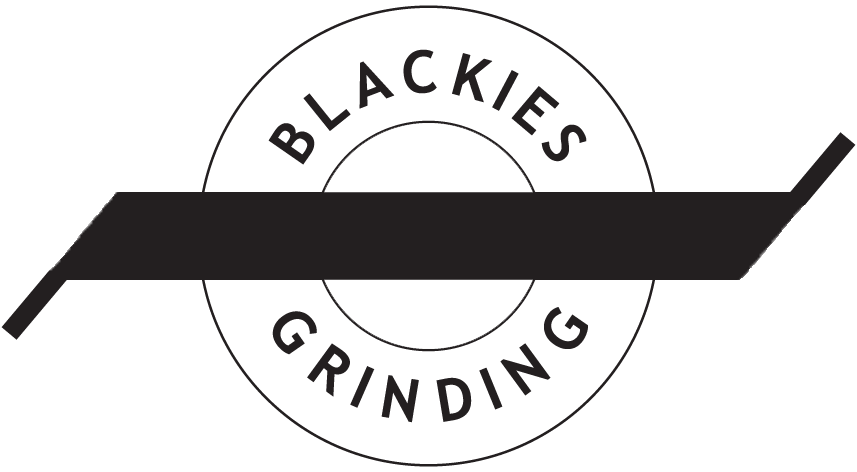




Process
Grinding is commonly used on cast iron and various types of steel. These materials lend themselves to grinding because they can be held by the magnetic chuck commonly used on grinding machines, and they do not melt into the wheel, clogging it and preventing it from cutting. Materials that are less commonly ground are Aluminum, stainless steel, brass & plastics. These all tend to clog the cutting wheel more than steel & cast iron, but with special techniques it is possible to grind them.
Surface grinding uses a rotating abrasive wheel to remove material, creating a flat surface. The tolerances that are normally achieved with grinding are ± 2 × 10−4 inches for grinding a flat material, and ± 3 × 10−4inches for a parallel surface (in metric units: 5 μm for flat material and 8 μm for parallel surface).
The surface grinder is composed of an abrasive wheel, a workholding device known as a chuck, either electromagnetic or vacuum, and a reciprocating table.